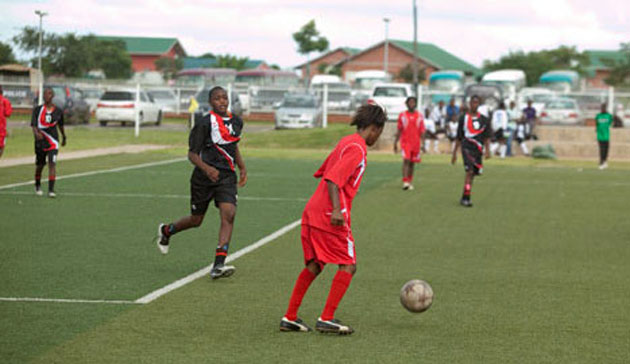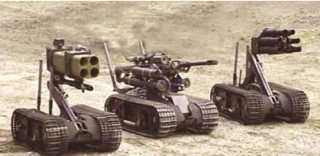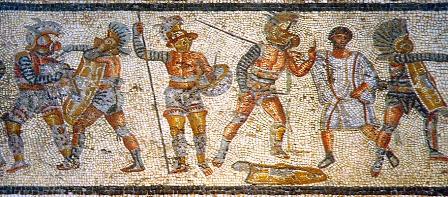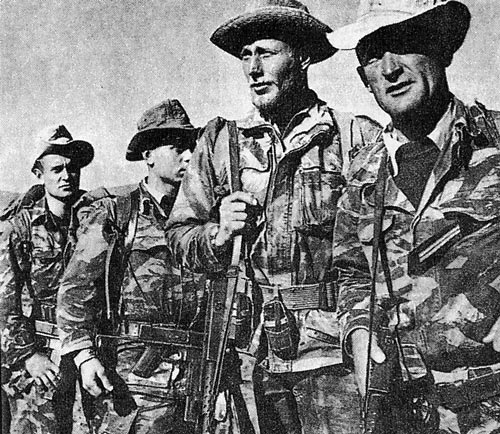On June 5th I had the privilege of being a delegate at the 3rd International Forum on Sport for Peace and Development at the United Nations headquarters in New York City. Overlooking the East River in the relatively calm Turtle Bay neighbourhood of Manhattan, a swarm of international sport enthusiasts descended upon the UN Secretariat to discuss and debate the merits of using play to promote peace.
As a recent trend to conflict solutions and international development, sport is increasingly becoming a popular tool to achieve progress where traditional methods of peacekeeping and peacemaking have been unsuccessful. Sports such as football, ping-pong, and basketball are able to bring together conflicting groups of people and engage them in a positive and constructive environment that transcends differences of race, gender, class, and historical animosities. Under the direction of the United Nations and hundreds of sport for development organizations, the sport for peace movement is reaching global recognition as a legitimate method for conflict resolution.
The inspiring tone of the conference was set early by the affirmation of a historic partnership between the International Olympic Committee and the United Nations. The IOC is only the fifth non-governmental organization to enjoy a Permanent Observer status at the UN Secretariat. IOC President Jacques Rogge spoke of the powerful effects sport has not only in peace-building and development, but as a tool to educate children, promote gender equality and the environment, and convey strategies to fight HIV/AIDS. Both Jacques Rogge and the preceding speaker, UN Secretary General Ban-Ki Moon, spoke of sport as the universal language. When competitors step onto the playing field, basketball court, or football pitch, they play together as athletes and share in the joys of teamwork, effort, sacrifice, and fair play.
[captionpix align=”right” theme=”elegant” width=”300″ imgsrc=”http://natoassociation.ca/wp-content/uploads/2013/07/bankimoonsports.jpg” captiontext=”UN Secretary General Ban-Ki Moon and IOC President Jacques Rogge at the 3rd International Forum on Sport for Peace and Development.”]
The connection between peace and sport is ancient. The Olympic Games of antiquity were first created in 776 BC in order to halt the fighting between Ancient Greece’s warring city-states. It was only in 1992 that the IOC revived the ancient concept of the ‘truce’ to protect athletes and to encourage the quest for peaceful and diplomatic solutions to conflicts around the globe. The IOC has partnered with several NOC’s, UN agencies, and NGO’s to undertake projects in Africa, Asia, Europe, and the Americas that encourage dialogue between different communities through sport.
In World War I folklore, English and German troops halted compulsive shelling at each other on Christmas Day to play football in the Belgian snow. During the evening, the soldiers shared a turkey dinner and drank wine. After, they sang Christmas carols together, reveling in a spirit of brotherhood that was a precious reprise from the stench of trenches. It is doubtful that the men on both sides felt like being soldiers when the shelling resumed on Boxing Day. On the Korean peninsula, ping-pong diplomacy has played an important role in bringing together the isolated North with the industrious South. The unified North-South team competed in the 1991 Table Tennis Championships, defied expectations, and defeated the tournament favourites, China. The historic event stands as a rare moment of cooperation between the divided Koreas.
Cooperation between the IOC and the International Military Council (CISM), has led to several ‘Sport for Peace’ Forums for military representatives to discuss the role of sport in peacekeeping missions. Organizing peaceful competitions, supplying sports equipment, and rehabilitating infrastructures in conflict and post-conflict countries has been successful.The IOC and several UN Peacekeeping missions have joined efforts in trying to use sport in conflict countries such as the Democratic Republic of Congo, Liberia, and Cote d’Ivoire.
IOC Director of the Department of International Cooperation and Development, T.A. Ganda Sithole spoke of the potential sport now has,
“For the first time, sport [has] a voice where it matter[s] most. The world sporting movement [can] now directly try and convince those governments that still need to be convinced, that sport [is] good for development, for health, for education and for mobilizing young people and the community for peace. They [can] use it to reach out to the more that 300,000 child soldiers in conflicts around the world”
He further highlighted new developments in Africa,
“A near-revolution in the understanding of sport is taking place in Africa. With the involvement of continental sports organizations, the African Union ministers of sport and African youth have crafted the ground-breaking New Architecture for Sport in Africa, a policy that will shift sport from being treated as an entertainment undertaking to one that contributes to peace, security, development, gender equity and education.”
While the sport for development and peace movement has received support from governments and academia, critics assert that sport only provides a temporary relief and distraction from conflict, and in some cases, may even foment violence. Despite highly successful cricket matches between Pakistan and India, it has not had a significant impact on resolving the Kashmir conflict. In South America, football matches between fierce rivals, such as Peru and Colombia, have developed into bloodied clashes between fans. Colombian defender Andres Escobar was killed after his own goal knocked his nation out of the World Cup.
These criticisms illuminate the limitations of sport in conflict resolution, but are not a trump card against sport as a tool for creating peaceful solutions. While sport is generally played with good intentions, the perception of certain rivalries and the importance placed on national pride distorts the ideals of fair play and healthy competition. Frustrated individuals may resort to sport to address their dissatisfaction with politics, their economy, or lack of opportunity. Individual rivalries occasionally have themes wrapped in history, such as colonialism, genocide, or racism. Senegal’s World Cup victory over France in 2006 was exciting because an inexperienced team beat a tournament favourite, but others witnessed a catharsis of liberation, a former colony exacting a small piece of justice. Despite these themes, sport offers so many more possibilities to achieve cooperation and can easily cope with occasional incidents of violence and division.
After continuous messages of possibility, creativity, and hope, the United Nations Office on Sport for Development and Peace (UNOSDP) director Wilfred Lemke enthusiastically reminded all the delegates that, “Sport will not solve the world’s problems but it can provide joy, hope and sense of purpose to those who have lost their way. The world has enough weapons.”




